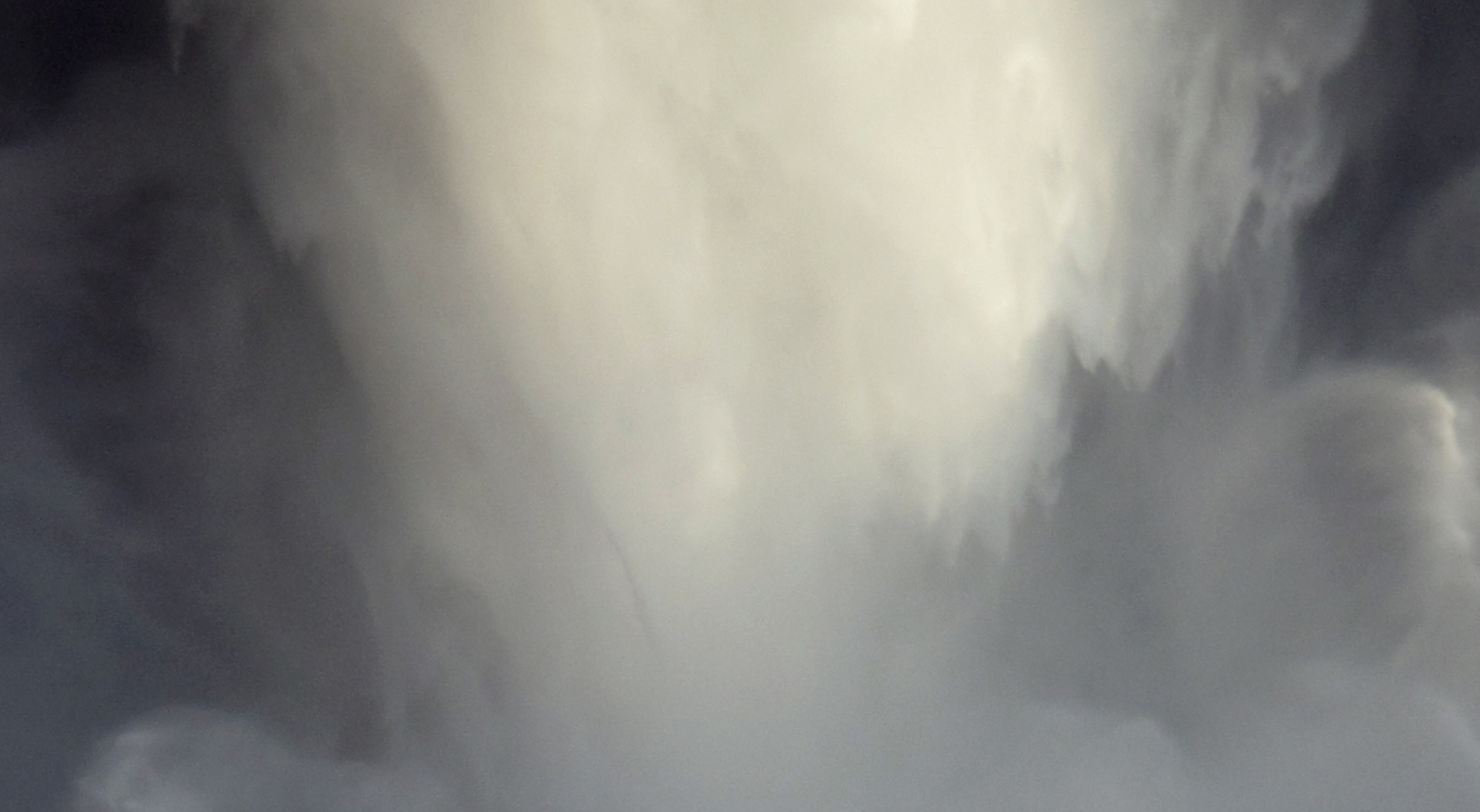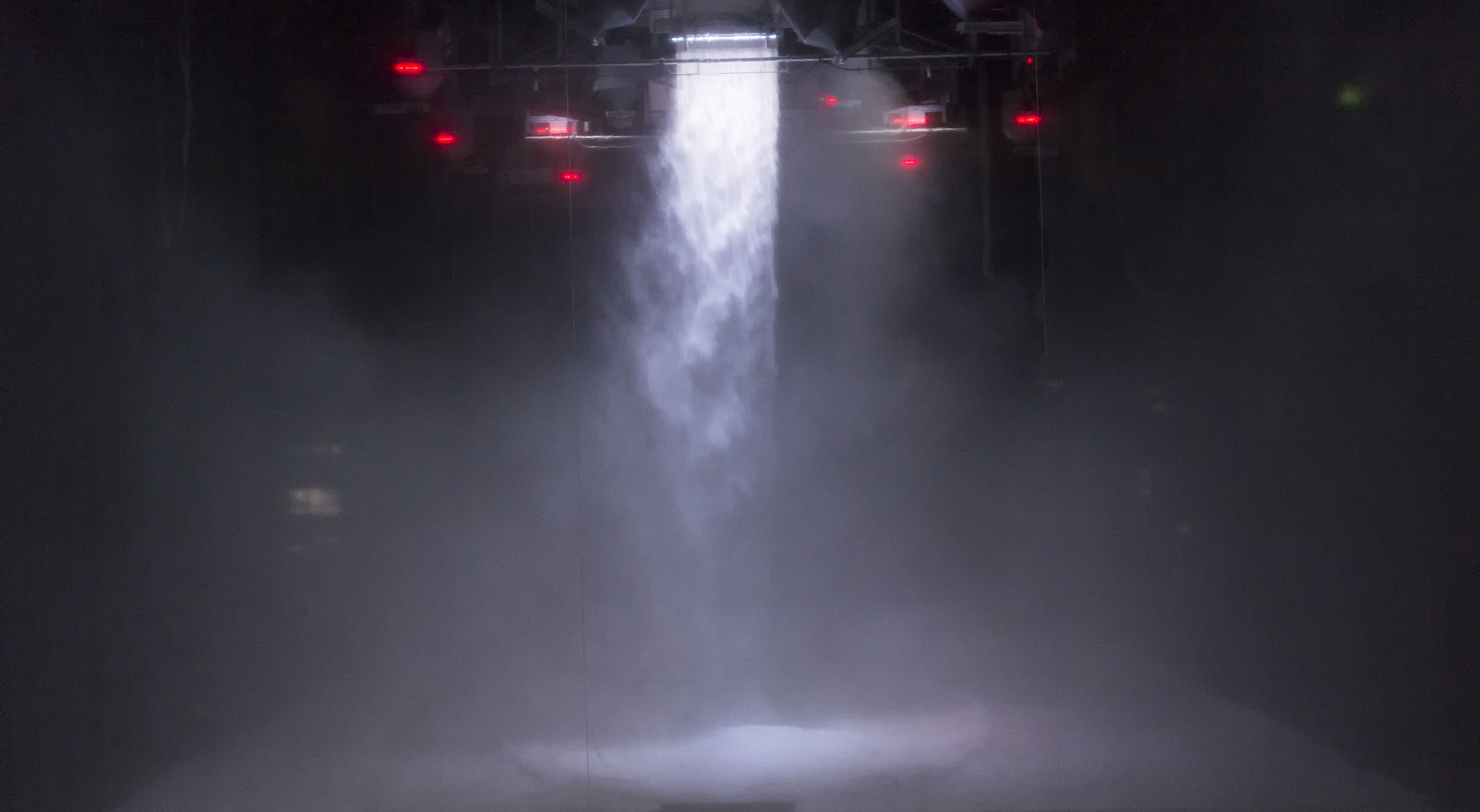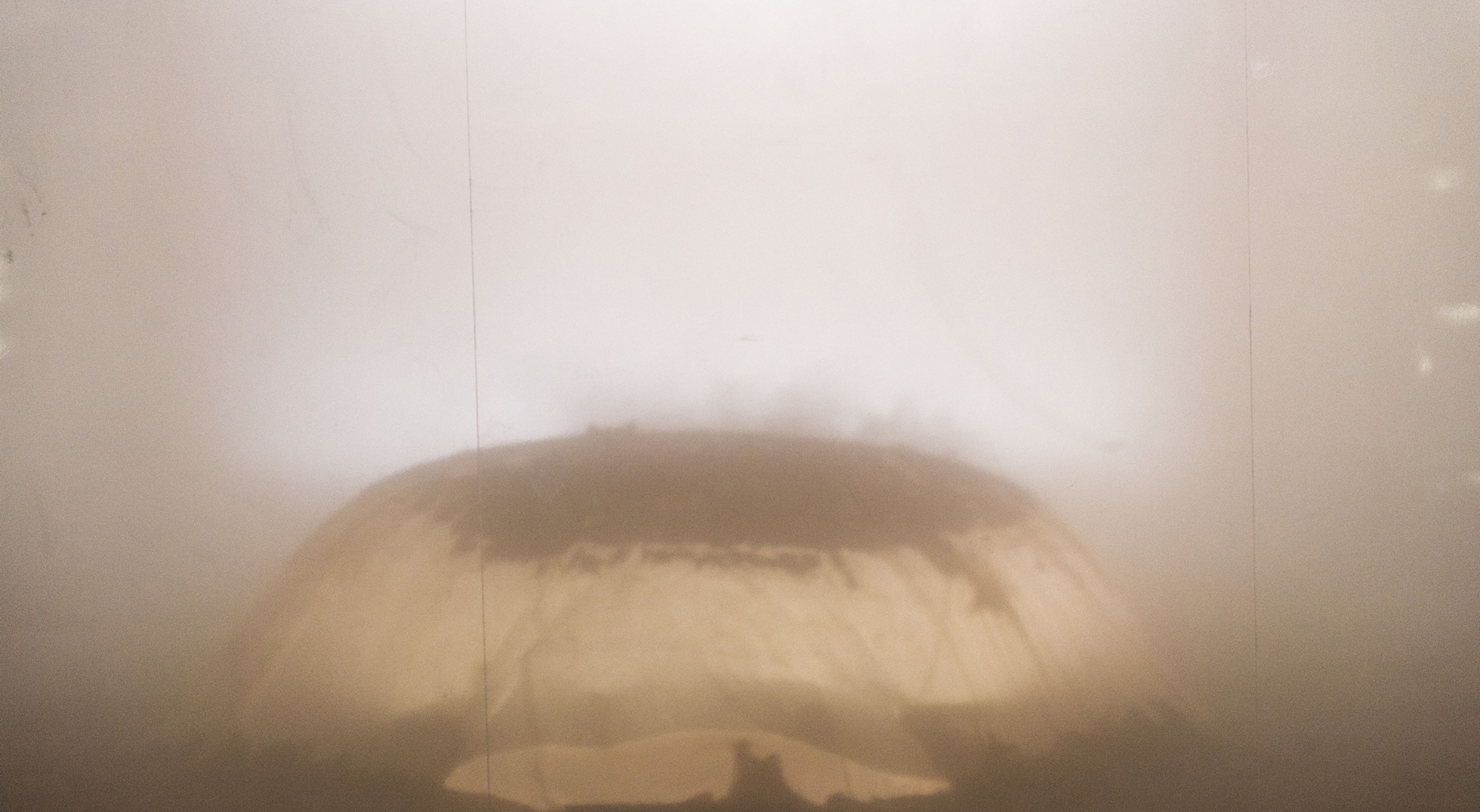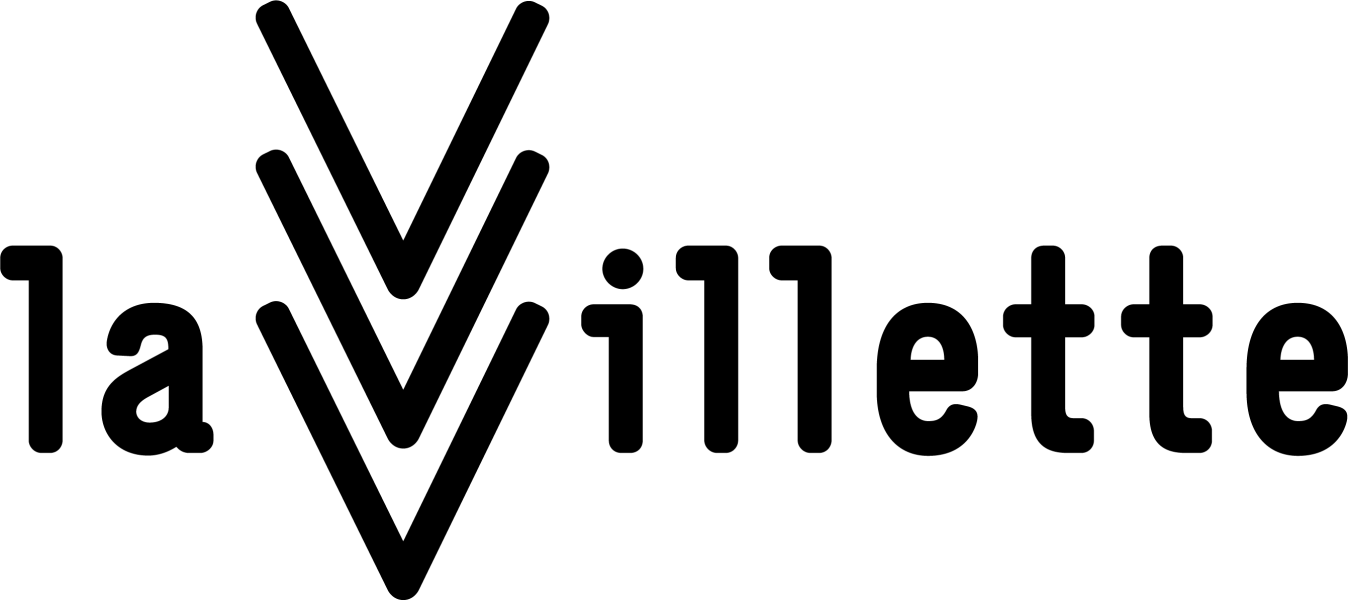Romeo Castellucci
The Rite of Spring
decemberdec 9 – 14
Conceived and directed by, Romeo Castellucci
Sound design, Scott Gibbons
Music, Igor Stravinsky
Recording, MusicAeterna, with musical direction by Teodor Currentzis
Artistic collaboration, Silvia Costa
Computer programming, Hubert Machnik
Assistant stage design, Maroussia Vaes
Lighting assistant, Marco Giusti
Technical Production Manager, Benjamin zur Heide, Georg Bugiel
Machine Builder, Christian Schubert / L58.
Collaboration Research, Istvan Zimmermann
Chief Carpenter, Darko Šošić
Lighting Board Operator, Konrad Anger
Sound Technician, Thomas Wegner
Stage Technicians, Onno Kleist, Stefanie Sändig, Ioannes Siaminos
Tour Manager, Monique Stolz
A production by Ruhrtriennale - International Festival of the Arts.// A coproduction with Manchester International Festival ; Perm State Opera ; La Villette //With friendly assistance of Instituto Italiano di Cultura Cologne. Ruhrtriennale – International Festival of the Arts is supported by the state of North Rhine-Westphalia.
The piece was first presented on the 15th August 2014 at the Ruhrtriennale/Gebläsehalle Landschaftspark Duisburg-Nord
In partnership with France Culture
One hundred years after its first tumultuous first night at the Théâtre des Champs-élysées, The Rite of Spring, Stravinsky’s musical manifesto - and Nijinsky’s choreography - has lost nothing of its overwhelming might. “It’s made for the nerves, not for the conscience. It moves on at such a pace, that in epidermic terms, it’s a bit like being electrocuted.”, says Romeo Castellucci, who wanted to “rekindle this shock effect”. But not by altering a single bar of the thirty-four minutes and a few seconds of the piece’s duration, but by revisiting the very notion of choreography. In Romeo Castellucci’s version, any “pictures of Pagan Russia” have been replaced by a dust ballet, during which movements across the stage, the interplay between between the shapes, and rhythms are controlled by the director through the use of sophisticated machinery. The powder he uses to this effect is an industrially-made one taken from ground-up bones, used as fertilizer. With its ghostly dimension, this ballet, centered on the sacrifice of the “the Chosen One”, strikes us with its echoes of the Book of Genesis: “for dust thou art, and unto dust shalt thou return.” This particular Rite is preceded by a piece by Scott Gibbons, the musician who has accompanied the work of Romeo Castellucci for the last fifteen years. With the aid of high-tech scientific instruments, the American composer listens in to the rustling of atoms, plunging into the world of the infinitely small. He creates the effect of penetrating beneath the ground, into the midst of light-starved germinations, before they explode into Spring.
In the same place



